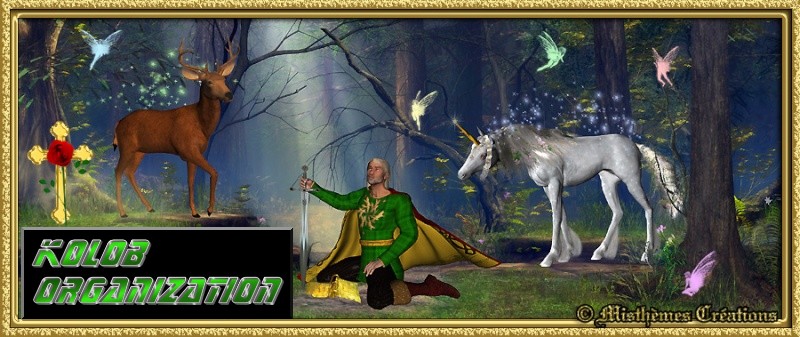The Ancient Dynasties
Chinese civilization, as described in mythology, begins with Pangu (

), the creator of the universe, and a succession of legendary sage-emperors and culture heroes (among them are Huang Di


, Yao, and Shun) who taught the ancient Chinese to communicate and to find sustenance, clothing, and shelter.

The first prehistoric dynasty is said to be Xia (

), from about the twenty-first to the sixteenth century B.C. Until scientific excavations were made at early bronze-age sites at Anyang (


), Henan (


) Province, in 1928, it was difficult to separate myth from reality in regard to the Xia. But since then, and especially in the 1960s and 1970s, archaeologists have uncovered urban sites, bronze implements, and tombs that point to the existence of Xia civilization in the same locations cited in ancient Chinese historical texts. At minimum, the Xia period marked an evolutionary stage between the late neolithic cultures and the typical Chinese urban civilization of the Shang dynasty.
The Dawn of History
Thousands of archaeological finds in the Huang He (


), Henan Valley (


) --the apparent cradle of Chinese civilization--provide evidence about the Shang (

) dynasty, which endured roughly from 1700 to 1027 B.C. The Shang dynasty (also called the Yin (

) dynasty in its later stages) is believed to have been founded by a rebel leader who overthrew the last Xia ruler. Its civilization was based on agriculture, augmented by hunting and animal husbandry. Two important events of the period were the development of a writing system, as revealed in archaic Chinese inscriptions found on

tortoise shells and flat cattle bones (commonly called oracle bones or

), and the use of bronze metallurgy. A number of ceremonial bronze vessels with inscriptions date from the Shang period; the workmanship on the bronzes attests to a high level of civilization.

A line of hereditary Shang kings ruled over much of northern China, and Shang troops fought frequent wars with neighboring settlements and nomadic herdsmen from the inner Asian steppes. The capitals, one of which was at the site of the modern city of Anyang, were centers of glittering court life. Court rituals to propitiate spirits and to honor sacred ancestors were highly developed. In addition to his secular position, the king was the head of the ancestor- and spirit-worship cult. Evidence from the royal tombs indicates that royal personages were buried with articles of value, presumably for use in the afterlife. Perhaps for the same reason, hundreds of commoners, who may have been slaves, were buried alive with the royal corpse.
The Zhou Period

The last Shang ruler, a despot according to standard Chinese accounts, was overthrown by a chieftain of a frontier tribe called Zhou (

), which had settled in the Wei (

) Valley in modern Shaanxi (


) Province. The Zhou dynasty had its capital at Hao (

), near the city of Xi'an (


), or Chang'an (


), as it was known in its heyday in the imperial period. Sharing the language and culture of the Shang, the early Zhou rulers, through conquest and colonization, gradually sinicized, that is, extended Shang culture through much of China Proper north of the Chang Jiang (


or Yangtze River). The Zhou dynasty lasted longer than any other, from 1027 to 221 B.C. It was philosophers of this period who first enunciated the doctrine of the "mandate of heaven" (tianming or


), the notion that the ruler (the "son of heaven" or


) governed by divine right but that his dethronement would prove that he had lost the mandate. The doctrine explained and justified the demise of the two earlier dynasties and at the same time supported the legitimacy of present and future rulers.
The term feudal has often been applied to the Zhou period because the Zhou's early decentralized rule invites comparison with medieval rule in Europe. At most, however, the early Zhou system was proto-feudal (

), being a more sophisticated version of earlier tribal organization, in which effective control depended more on familial ties than on feudal legal bonds. Whatever feudal elements there may have been decreased as time went on. The Zhou amalgam of city-states became progressively centralized and established increasingly impersonal political and economic institutions. These developments, which probably occurred in the latter Zhou period, were manifested in greater central control over local governments and a more routinized agricultural taxation.
In 771 B.C. the Zhou court was sacked, and its king was killed by invading barbarians who were allied with rebel lords. The capital was moved eastward to Luoyang (


) in present-day Henan (


) Province. Because of this shift, historians divide the Zhou era into Western Zhou (1027-771 B.C.) and Eastern Zhou (770-221 B.C.). With the royal line broken, the power of the Zhou court gradually diminished; the fragmentation of the kingdom accelerated. Eastern Zhou divides into two subperiods. The first, from 770 to 476 B.C., is called the Spring and Autumn Period (


), after a famous historical chronicle of the time; the second is known as the Warring States Period (475-221 B.C.


).
Reference : http://www-chaos.umd.edu/history/ancient1.html#zhou

